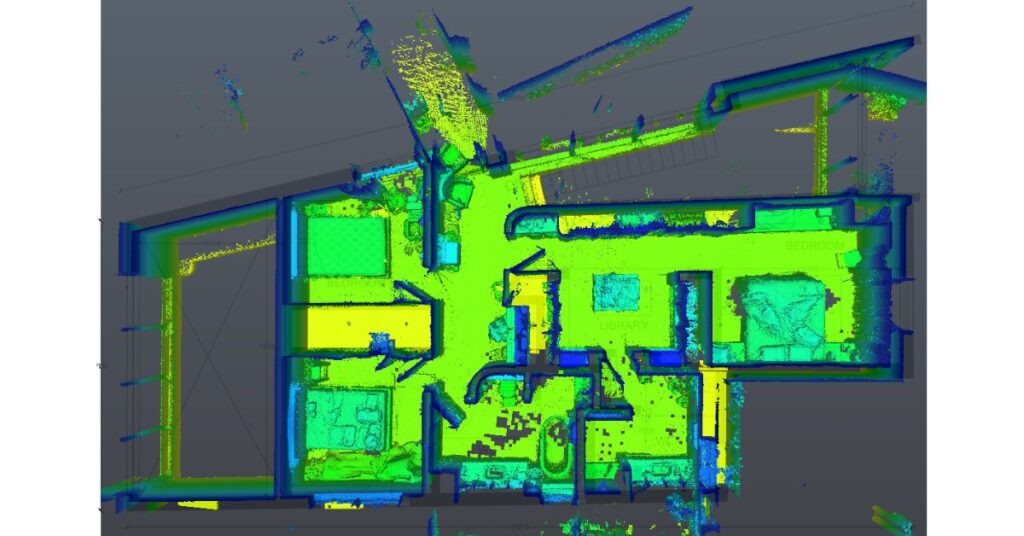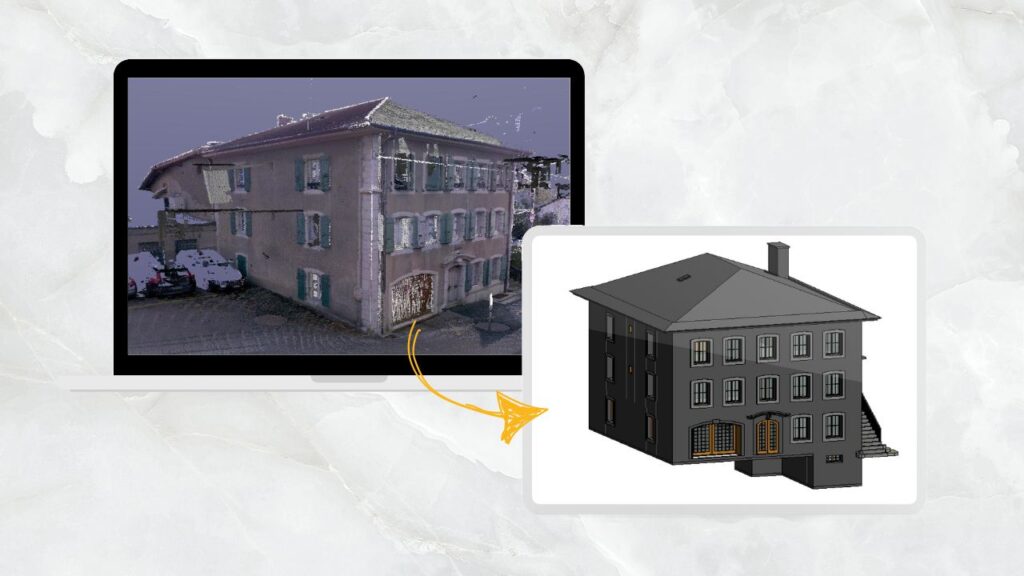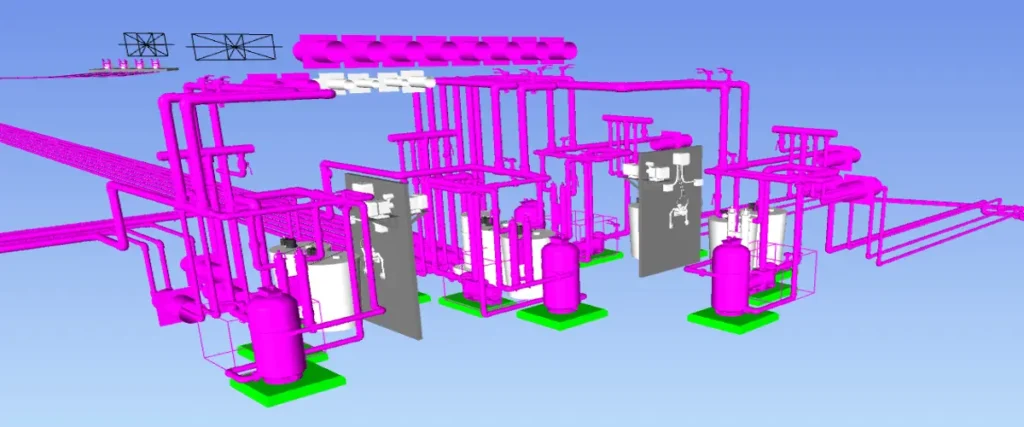
Table of Contents
In construction, it’s rarely the big ideas that derail projects; it’s the small coordination errors, missed details, and last-minute design changes that builds up into costly overruns. Without correct instruction on BIM, building projects experience grave inefficiencies.
As we know, traditional practices create limitless errors, omission, and coordination failures, resulting in 10–30% average cost overruns and 20-month delay on mega projects. It is observed through studies that as much as 30% of construction cost goes into rework, with most of it due to design clashes, poor information exchange, and last-minute design revisions. These planning and coordination failures not only increase budgets to exceptional levels but also extend schedules well beyond initial estimates.
That is where BIM consultants come into play in making the project planning and project delivery more efficient through providing expertise, guidance, and support in the process of employing BIM. By entering early, their presence helps organizations understand the subtleties of BIM technology and deliver successful results.
Understanding the Role of BIM Consultants
BIM is a methodology mixture of design and construction and buildability. It involves creating an actual digital representation of the proposed project or as built. BIM is more than just software it’s a way of working that combines design, construction, and buildability into one process. It’s about creating a digital version of the project whether proposed or as-built drawings that guides every stage of delivery.
A BIM consultant is a specialist who understands how to manage this process across the entire project lifecycle. Their role is to simply make planning more efficient and delivery more reliable by bringing in the right expertise, guidance, and support. The scope of their work typically covers the as following:
Expertise and Guidance
- Strategic Planning: BIM consultants mainly focus on building a strategy that ties directly to business goals of clients by helping to set a proper BIM objectives, BIM Execution Plan (BEP) and defined information exchange workflows, and establish the right digital infrastructure to support it.
- Implementation Support: Instead of leaving teams to figure it out on their own, consultants provide ready-to-use templates, object libraries, and training sessions. They also guide on the right Level of Detail (LOD) needed for each stage, ensuring models stay efficient without becoming unnecessarily complex.
- Problem Solving: During implementation, consultants step in to resolve interoperability issues, data-sharing hurdles, and collaboration gaps so project teams remain productive and aligned with project timelines.
Project-Specific Contributions
- Model Development & Coordination: Directly employed consultants can be utilized to develop complex Building Information Modelling (BIM) models and facilitate interdisciplinary coordination. In the Dongdaemun Design Plaza project, for instance, external consultants were employed to deal with complex modelling requirements.
- Training & Education: Consultants design practical training programs to upskill in-house teams, particularly when shifting from CAD to BIM.
- Quality Control & Validation: Acting as a QA/QC layer, consultants check and validate BIM and COBie data. They also verify models for cost estimation, scheduling, or structural analysis helping prevent costly errors later in the project.
Keyways of BIM Consultants Enable Smooth Project Delivery
- Streamlined Project Planning – some of the biggest value that BIM consultants bring is bringing order and accuracy to project planning. Their involvement ensures that BIM is not a secondary consideration but is built into the project plan from the start.
- Pre-Appointment Stage: The consultants guide the appointing party (owners or lead consultants) in determining why BIM is being adopted and what the desired outcomes are. They guide the preparation of Employer’s Information Requirements (EIRs) and provide guidance on how the BIM will be integrated within the overall project strategy.
- Post-Appointment Stage: Once appointed, consultants develop the BIM Execution Plan (BEP) based on the project development stage. The document sets the foundation rules of what information to deliver, to what detail level, and by whom to ensure all stakeholders are working towards the same objectives.
- Responsibility Matrix: To better understand, consultants prepare a responsibility or task matrix outlining the responsibility of every stakeholder towards delivering the agreed Levels of Detail (LOD) and thus to prevent overlaps, scope gaps, and future conflicts within the latter phases of the project.
- Level of Detail (LOD) Targets: Because LOD milestones are clearly established, consultants do not under-model or over-model and offer the right amount of information at the right time, and the design and construction process is more predictable.
- Information Management: The consultants help the appointing party structuring, organizing, and managing project information within Common Data Environments (CDEs). Information exchanges are thereby visualized, and this simplifies the implementation of BIM and makes it easier to understand for all the parties.
Risk Mitigation, Efficiency and Error Reduction
- Automated Drawing Generation: Instead of having different parties do drawings manually, consultants just simply generate 2D drawings automatically from the central BIM model at any point in time. The drawings are normalized and verified across disciplines that saves time. Also improves accuracy and consistency
- Automated Clash Detection: Clash detection on structure, architecture, and MEP systems is performed by consultants prior to the construction start date. They detect clashes early, document them, and conduct coordination workshops to avoid rework virtually, field clashes, and costly schedule delays.
Improved Communication and Collaboration Among Stakeholders
- Integrated Project Delivery (IPD): Project consultants structure projects around IPD environments that are BIM-enabled in such a manner that architects, engineers, contractors, and owners collaborate from early design stages to handover. Thus, they shorten project duration, improve quality, and avoid wasteful cost through shared responsibility.
- Early Stakeholder Involvement: Instead of waiting for problems to occur downstream, consultants involve all stakeholders’ architects, structural engineers, MEP specialists, cost managers early on. They obtain specialist input early, when it is less expensive to modify, and obtain cost estimates at the same time as design development.
- Enhanced Information Sharing: Consultants create and preserve the Common Data Environment (CDE) whereby all models, reports, drawings, and datasets flow through one source of truth. They control versioning, permissions, and updates to allow everyone to access the most up to date, most accurate information that eliminates errors caused by conflicting files.
Lifecycle Support and Data Management
- Streamlined Handover: Instead of just dumping the files at the end of a project, consultants structure handover through BIM. Consultants track installed products, drawings, model, specifications, and maintenance details to create model objects and organize staged datasets (e.g., COBie-compliant files) for direct import into facility management systems. That is, owners and operators are receiving usable, dependable digital assets, not paper manuals.
- Comprehensive Lifecycle Platform: BIM is employed by consultants as a comprehensive lifecycle platform, the one source of information for all building data from design and construction and on through extended use. Consultants enter data for equipment, systems, and materials directly into the model so facility managers can easily access all they will need to conduct maintenance, upgrades, or future modifications.
Real-World Applications of BIM Consultants
There are various sectors and use cases where BIM consultants can add value and benefit a wide range of project types as following:
- Renovation & Retrofit Projects: Scan-to-BIM Projects, Heritage Projects, Architectural Conservation, Surveying, Geospatial mapping
- Large Infrastructure: Projects like nuclear power plants, bridges, airports, or roads
- Residential / Commercial
- Public Sector
Why Hiring a BIM Consultant is a Best Investment
Building an in-house Building Information Modelling (BIM) team involves ongoing high expenditure in wages, training, hardware, and licensing, but the cost of risk lies within the company’s own projects only. Outsourced BIM consultants provide greater experience, proven methods, and the ability to re-prioritize resources to meet project requirements.
Placing the relatively low cost of consultancy against the high cost of delay, rework, or non-compliance, the cost of return on investment is clear: consultants deliver greater efficiency, quality, and security at a minimum risk level.
Conclusion
Due to the above factors, BIM consultants are important to drive the success for projects. They introduce order into planning, minimize risks by coordinating in advance, enforce collaboration among stakeholders, and provide data management throughout the building lifecycle. For businesses with larger and more intricate projects, finding the right BIM consultant is not merely an option but the best investment to remain on course.










